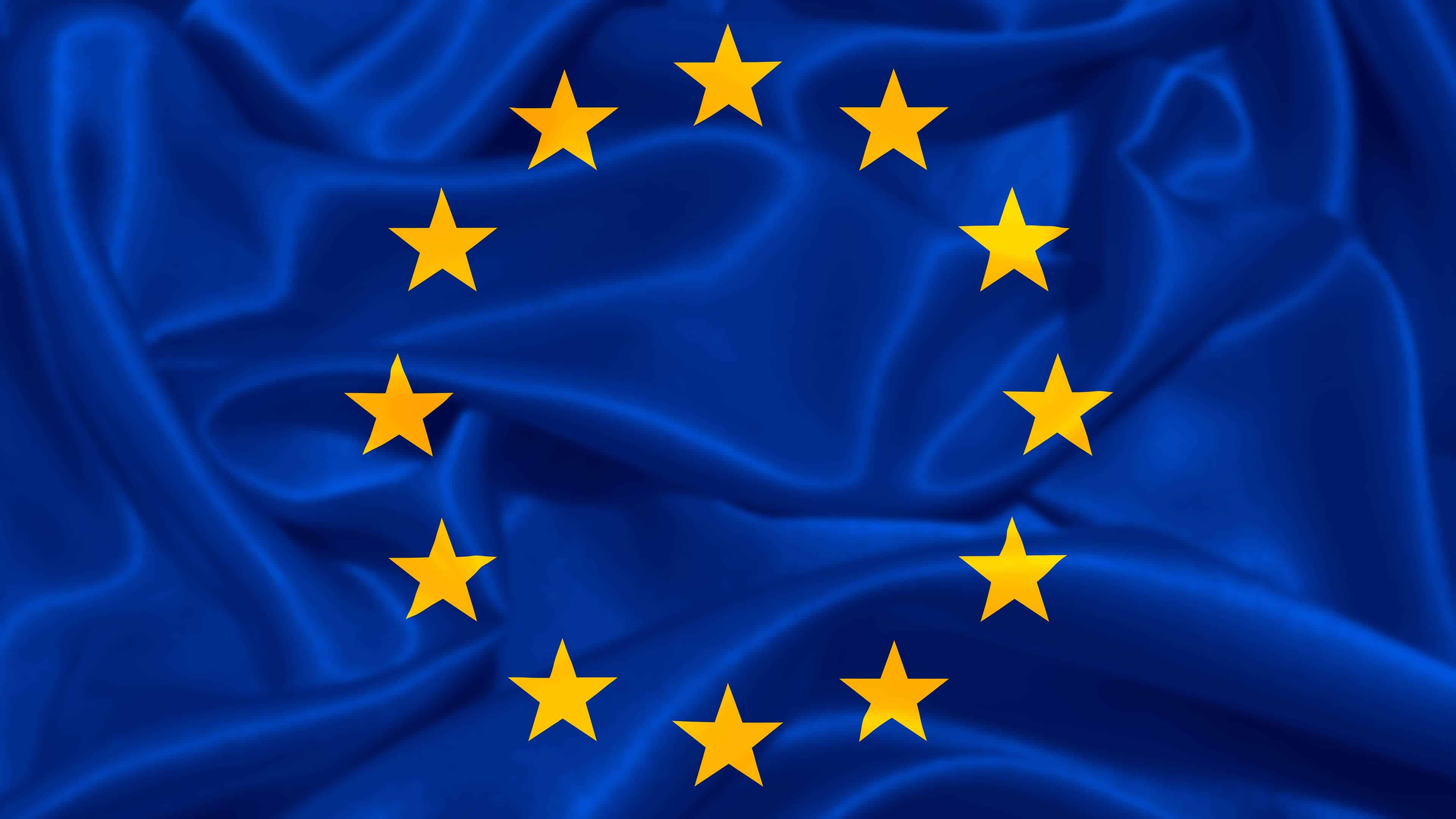

Das habe ich bis heute auch nicht verstanden. Früher war es wohl die pure Gier und heute hält China vermutlich die besseren Karten, auch wenn sich Europa mMn oft viel zu zaghaft verhält.


Das habe ich bis heute auch nicht verstanden. Früher war es wohl die pure Gier und heute hält China vermutlich die besseren Karten, auch wenn sich Europa mMn oft viel zu zaghaft verhält.


Das sehe ich ganz genauso.
Wer 1mio Vermögen hat ist zwar extrem priviligiert im Vergleich zu vielen anderen, die praktisch keines haben,es ist aber wie von dir erwähnt in manchen Gegenden schon mit einenem Eigenheim zu erreichen (auch wenn man bedenken muss, dass Ehepaare z.B. 2mio Freibetrag hätten). Würde die Grenze hier gezogen, dann wäre der Kreis der Betroffenen, die nur knapp darüber liegen, relativ hoch. Viel Aufwand (und Widerstand gegen die Einführung) für wenig mehr Einnahmen. edit: man könnte vllt sagen das in dieser Größenordnung das Vermögen in der Regel tatsächlich noch für die Basics aktiv genutzt wird
Meiner Meinung nach sollte die erste Grenze irgendwo bei 3-5mio (inflationsangepasst) gezogen werden. Ab da hat man soviel Vermögen, dass die Rendite allein als Einkommen ausreichen kann. Ich denke wenn man diese Schwelle überschreitet wäre es ok auf weiteres Vermögen eine Abgabe zu Zahlen. Wobei man eventuell trotzdem nochmal eine weitere Abstufung bei 50-100mio oder 1mrd bräuchte, da es sich hierbei nochmal um ganz andere Stratosphären handeln würde, welche auch ganz andere Gestalltungsmöglichkeiten zur Investitions- und Steuergestaltung erlauben. Womit man eventuell nocheinmal einen höheren Vermögenssteuersatz begründen könnte.
Bevor das alles passiert sollte man aber einfach mal Ausnahmen im Erbrecht für Immobilien (steuerfrei ab 300 Wohnungen) und Betriebsvermögen (ErbStG § 28a, der nach Bedarfsprüfung die steuer für Vermögen über 26mio komplett erlassen kann) abschaffen bzw anzupassen. E.g. dass bei Betrieben Anteile an den Staat gehen, die später wieder abgelöst werden können, wodurch man die Idee Familienunternehmen nicht aufzuspalten beibehalten könnte.


What is going on here?
I’m just an interested layman, but i’ll give explaining it a try. I think this is more about whether or not Intel can stay in the market for leading edge manufacturing against TSMC.
The first thing to understand is that there are two parts to Intel: the manufacturing side and chip design.
In manufacturing leading edge chips they are primarily competing with TSMC (the clear market leader) and Samsung. In the past they used to be far ahead of the competition, but they screwed up that lead and are now behind. This is a very capital intensive market as fabs cost billions to build. And each new generation gets more and more expensive.
On the design side there are multiple different markets: servers, desktop/laptops, and mobile devices. Ever since losing out on producing the chip for the first iphone intel hasn’t been a factor in the mobile market. Between servers and desktop/laptops, servers are the fastly more important and bigger market. Here they are competing with AMD, but also increasingly arm based processors, increasingly done by the large hyper scalers themselves (e.g. Amazon with their Graviton processors). Additionally with the ai boom the market has severely shifted towards gpus being vastly more important (which is dominated by nvidia).
Intel is relatively unique in that they still do both design and produce their own chips (not taking outside customers, but in recent times outsourcing some manufacturing to tsmc). Samsung also designs and produces their own arm based processors (exynos), but on a smaller scale and also has other customers. AMD used to have fabs in the past, but got rid of them (today called global foundries).
I would argue that here we need to primarily focus on the manufacturing, not design side. Even though they are also under pressure on the design side aswell and e.g. AMD is beating them in the server market.
It’s more about whether or not Intel can hold on being in the leading edge race as manufacturer or drop out (like GlobalFoundries did a while back), which would leave us with only TSMC and Samsung (potentially China’s SMIC, should they ever manage to develop their own EUV technology and catch up). No western manufacturer of leading edge chips, only asian ones that are heavily concentrated geographically and TSMC bearing a substantial geopolitical risk.
As mentioned above Intel has struggled with getting better process nodes working properly (especially in a timely manner) and costs are increasing by a lot. The issue is that now intel is severly cash strapped, as they’ve paid out massive dividends in the past when things were better and now that they’ve fallen behind earnings have disappeared (which is also why the mass layoffs).
Their competitor TSMC can spread the needed investment costs over many large customers such as apple, nvidia, amd and qualcomm. So far Intel manufactured purely for themselves and didn’t take on external customers. With massively increasing costs it becomes obvious how this becomes less feasible on your own and scale increasingly becomes important. Especially if either/both the design or manufacturing side mess up and fall behind on delivering competitive products.
Switching to manufacturing for external customers is difficult. They have to adjust their internal processes to suit what customers are used to from others. There is a potential conflict of interest as Intel might at the same time be the customers rival (an issue TSMC as pure manufacturer doesn’t have). And lastly customers need reliable schedules, if you are e.g. apple and release an iphone anually you need your manufactuerer to reliably deliver a workable node at a specific time and can’t have it delayed (or even have the uncertainty of this happening).
They originally planned for their upcoming 18A (maybe even the axed 20A?) process to have external customers, but that didn’t pan out (they will just produce some of their own products). Now they target external customers for the next generation 14A. Should they by then not have gotten their shit together enough to attract customers or be profitable Intel (the former giant of the semiconductor industry) will probably break apart and be done. At least in it’s current form.
The fabs in germany and poland have been dead in the water for a while now from the moment they fell behind schedule and eventually were put on hold. This is just them officially axing those plans.


Kann man von hinterziehen sprechen, wenn es ganz offensichtlich so vom System gewollt ist?
Bei den “besonders ergiebigen Einzelfällen” handelt es sich ja vermutlich um den Fall Thiele. Da wäre ganz legal weniger/gar keine Erbschaftssteuer angefallen, wenn sie es nicht versammelt hätten.


Nachdem es allerdings bei der Verbotsdiskussion um Verbraucherschutz und Täuschungsgefahr kann man glaube ich nicht etymologisch argumentieren. Wenn man den Leuten das zutraut, dann kann man auch erwarten, dass sie erkennen, dass sie mit einem als veggie/vegan bezeichneten Produkt kein Fleisch kaufen.


Und was ist z.b. mit Scheuermilch oder Kokosmilch? In Leberkäse ist auch kein Käse drinnen, laut Google ist in “bayrischen” Leberkäse noch nicht mal Leber drinnen.


My guess would be that it is a proxy for income. As far as i am aware credit bureaus do not have access to information about how much a person earns. However if you are paying off a $2k mortgage each month, then the assumption is made that you have either enough funds or income to afford it. Once you pay off your loan it becomes a black box again, as there’d be no way of telling whether or not this is still the case.


Glaub ich ihm sogar. Der Typ ist damit beschäftigt Milliardensummen in die Taschen anderer zu scheffeln, da sind solche Summen nicht Mal Rundungsfehler.


Interesting move considering that having design and manufacturing separate for reasons of incentive alignment and conflict of interest seems like the more successful strategy.
But I guess with RISC-V the market is still so small this might help them try and create a niche and induce some demand? Because otherwise I think they have it pretty rough since abandoning the leading edge race. This article from last year reported that clients are switching to smaller nodes faster than expected (which I assume is a trend that has continued) and China probably also has only accelerated their own capacities including for older nodes.


he consumed only vitamins, electrolytes, an unspecified amount of yeast (a source of all essential amino acids) and zero-calorie beverages such as tea, coffee, and sparkling water, although he occasionally added milk and/or sugar to the beverages, especially during the final weeks of the fast.
Worth mentioning imo, but you are right that most people should be fine fasting for some days if necessary. Although I would bet that almost everyone has a few days of food anyways. Unless you literally have empty shelves and buy groceries every day, most people will have a base stock of shelf stable foods like noodles, canned stuff, sugar, flour and so on.
Imo the limiting factor will be drinkable water most of the time. If something would cut off the supply immediately and for longer durations it would be a serious issue. Especially during warmer months.


Die Preisvergleichsseite Geizhals gehört auch zum Heise-Konzern, das hätte auch potential zum Interessenkonflikt
I think a partial explanation can be that for most international tourists a visit to the USA is a major trip that gets planned well in advance. Easily half or even a full year ahead. Things only really got bad in the last few months, so we might still see many holidays that were planned before the madness fully set in. If that is the case I’d expect a continued decline in the future, where people choose another destination when deciding their next itinerary.